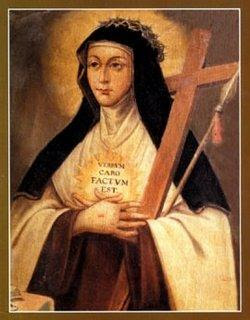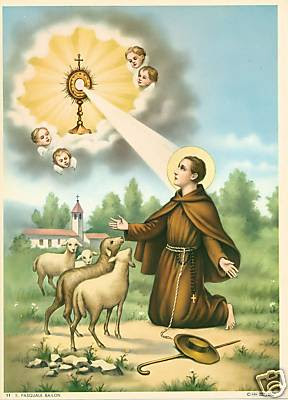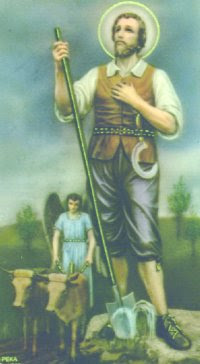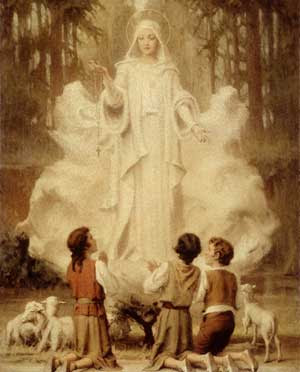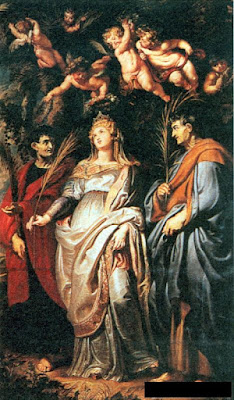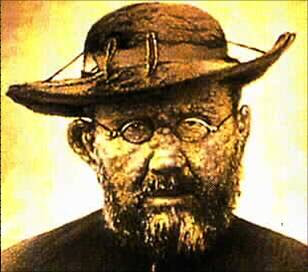Visitation of Mary

The Virgin Mary, illuminated by God, he felt anxious to go visit her cousin Elizabeth. In his advanced age, was pregnant with God nothing is impossible. He had in mind the words of Paul to the Corinthians: "Charity is kind, does not seek only their own interest, and endures all things." A great apostle of the Universal Church, St. Ambrose, says these words about this day: "It was Mary who came forward to greet the first. She is the one who always comes forward to give demonstrations of affection to those you love." Mary does not seek reputation, fame or praise as in many of the views of our day. As I was filled with the grace of God, filled the house of her cousin of blessings. "As soon as Elizabeth heard Mary's greeting, the baby leapt in her womb and Elizabeth was filled with the Holy Spirit." Her cousin, very grateful, he said: "Blessed are you among women and blessed is the fruit of the womb. Whence to me that the mother of my Lord should come









